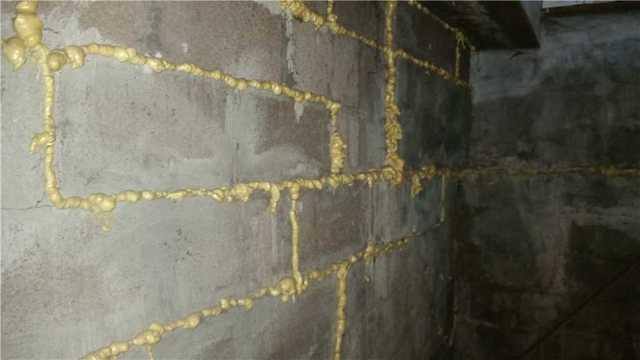
Home-Made Foundation Fixes
At DBS Residential Solutions we regularly see the temporary fixes that homeowners and handymen have put into place in an attempt to resolve foundation issues. In many cases (like this one) these fixes are only temporary and do not address the root of the problem. DBS focuses on addressing the root cause of foundation issues and providing a permanent solution to resolve them.
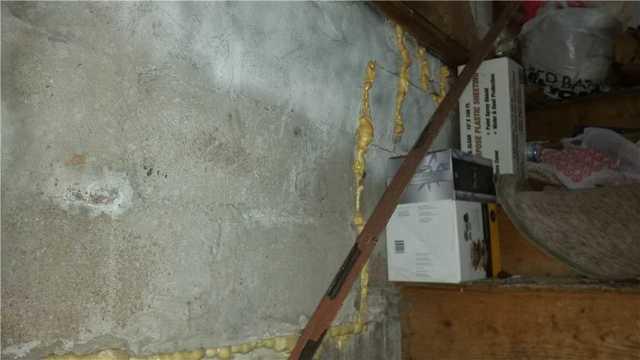
Temporary Fixes
When foundation cracks become large enough they can open up the home to the outside air. The air that leaks into the home can cause very cold spaces in the winter and a hot home in the summer. Filling the gaps in the foundation with an expanding foam provides some aid in keeping out the outside air, but it provides zero additional structural integrity for the foundation which means it can only worsen with time.
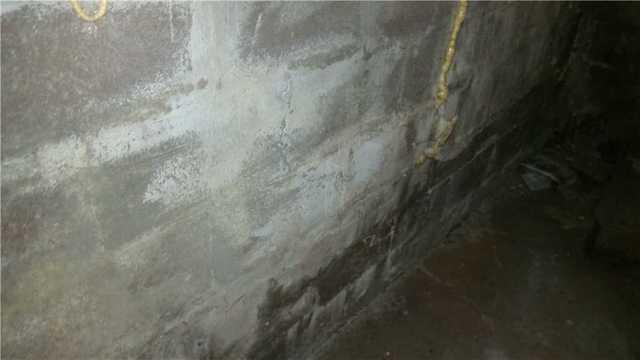
Patched and Repaired, Not Permanently
It appears the cracks in this wall have also been patched over time, but just because you can no longer see the crack doesn't mean there isn't an underlying issue that needs to be addressed.
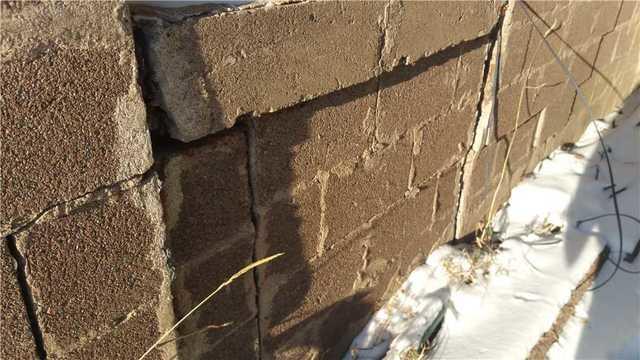
Entire Portions of Wall Shifted and Broken
When large portions of a wall as see here have entirely broken off and shifted from their original position it is clearly time to have a professional inspection completed to assess any damage and repair measures to be taken.

Potential Water Concerns
It is difficult to assess from this photo, especially with the different color of the patchwork previously completed on the wall. However, some of this discoloration appears to have happened when moisture traveled through the blocks into the basement, carrying with it white chalky minerals from inside the blocks.

Not All Walls Were Cracked Severely
Fortunately, not all of the walls looked the same at the time of the inspection, but with the same soil conditions surrounding the home it is smart to take precautions.
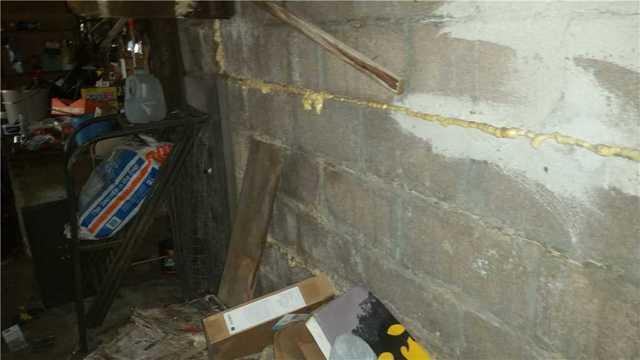
Straight Wall Crack
This section of the wall is clearly being separated from the solid base of the home.
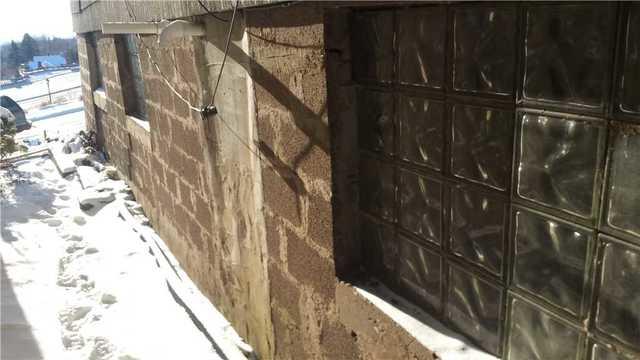
Foundation Patchwork
The excess material around the blocks of this foundation suggests a temporary fix. You can clearly see blocks with stair stepped cracks, parts of the wall that are pushed in and a leaning section which all suggest that there is still a major problem with the wall.

.
.
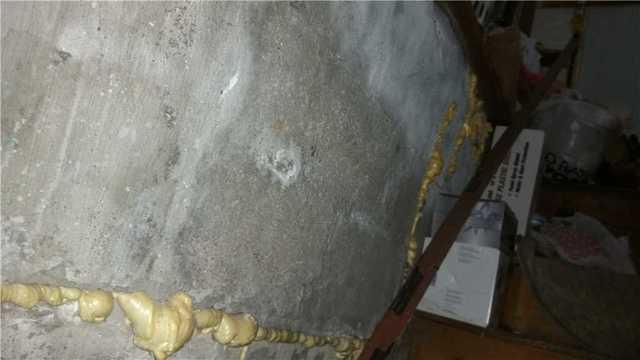
Widening Cracks
You can see here how wide the cracks have become. The foam has expanded to its max in some areas and barely takes up the entire space.
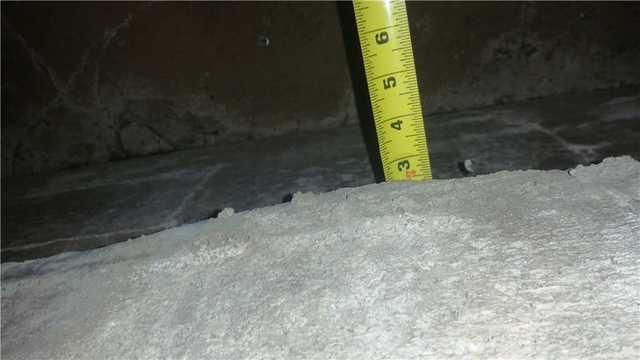
Sheered Wall
This part of the wall has sheered and now juts out nearly three inches into the room.
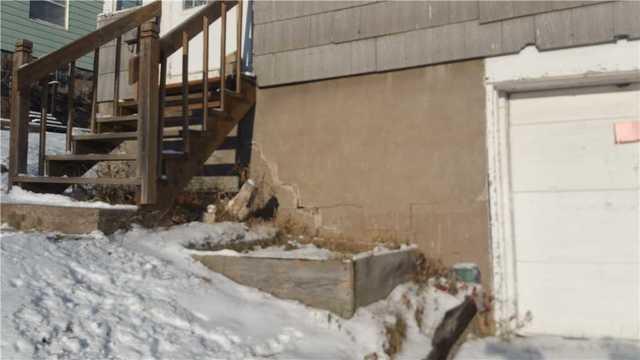
First Impressions
Foundation cracks can make a home unsafe, but they can also effect the first impression that guests have when entering your home.
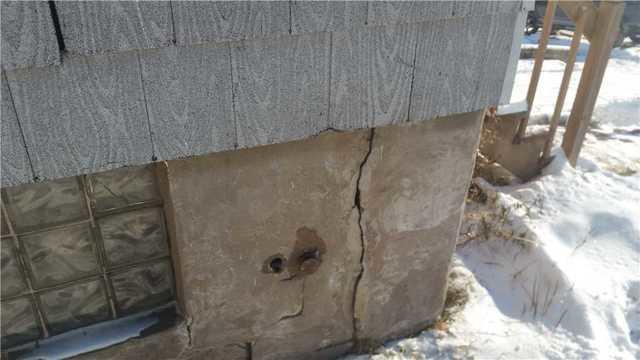
Air and Water Enter Through the Foundation
Large cracks like this one which lead down into the ground can commonly allow water and outside air into the home. This obviously creates a more moist basement environment and a less efficient home.
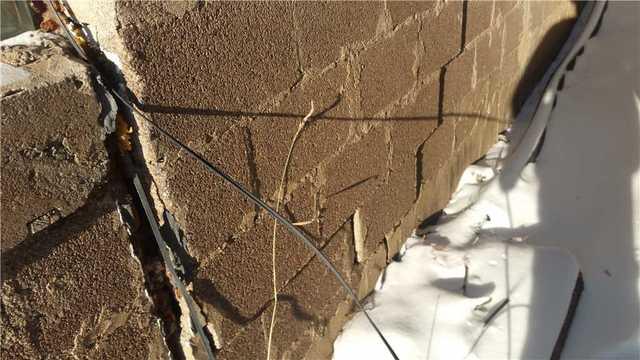
Wall Separating By Inches
Here is another issue in this home. This section of the foundation has pushed out by a few inches. This is why it is important to get these types of problems inspected quickly. A foundation issue can quickly turn into a big problem!
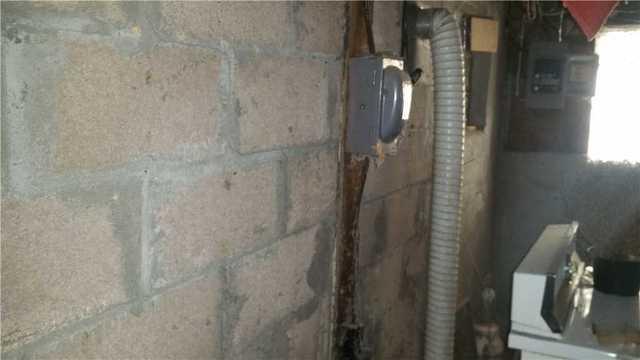
.
.
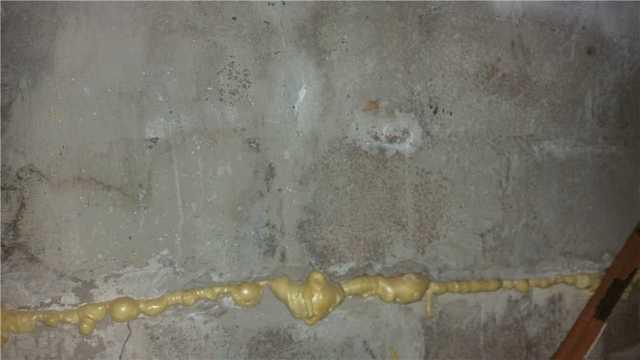
.
.

.
.

Partial Dig Up Along The Home
With the variety of foundation solutions we have the option to excavate outside of the home to install the solution or work entirely inside of the home to stabilize the foundation. It all depends on the situation at hand. In this case there was room to dig around this side of the home so the homeowner opted for a few helical tie-backs on one wall of the home.
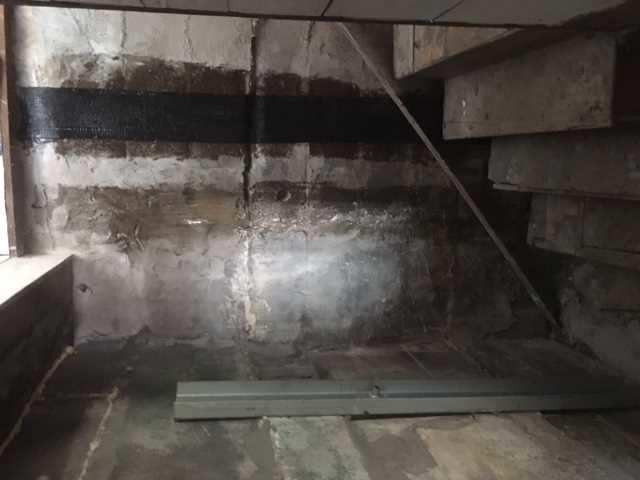
A Stabilized Home
On the left side of the photo there was significant damage to the wall and room on the other side to dig up around the home, so we utilized a helical tie-back. On the opposite was the foundation was damaged to a lesser extent and it was smarter to use Caron Armor wall anchors to stabilize the foundation.
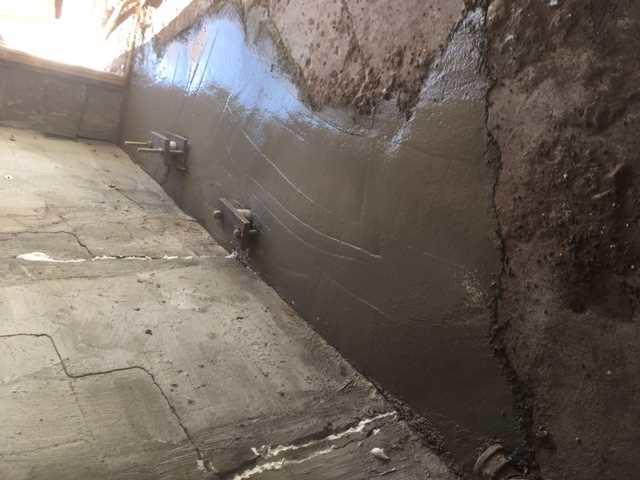
Push Piers Used With Minimal Disturbance
This section of the home needed support from beneath. In order to do this we dug away at the base of the home and installed push piers which reach deep into the earth to provide a good base of support and potentially lift this area of the home. The top section is left visible to allow for adjustments to the system as needed.
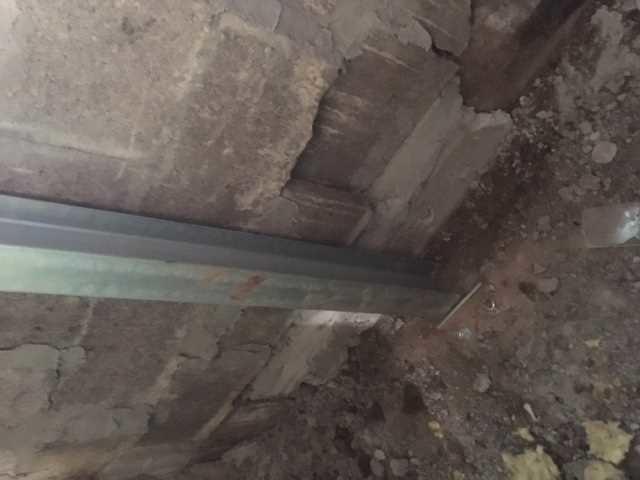
Power Braces Secure Cracked Wall
The Power Brace being installed at this section of the foundation is installed against a baseplate mounted to the concrete floor. The other end of the beam is attached to the joists in the basement ceiling. This system prevents additional movement of the wall and can help the wall retain its original position.
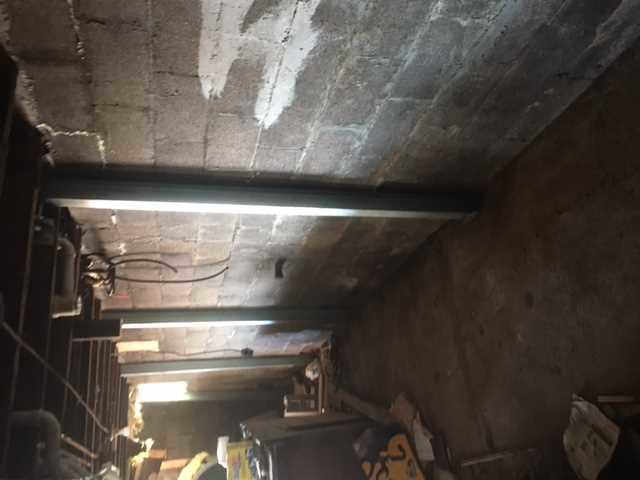
Multiple Power Braces
The Power Braces along this wall are spaced specifically on the wall according to the engineered safety ratings of the beams.
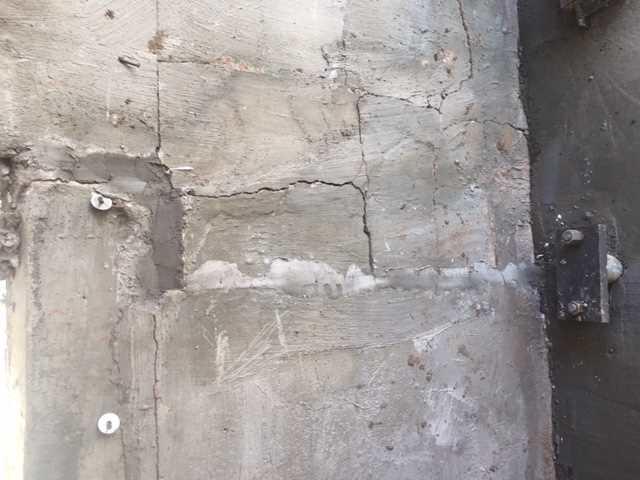
Push Pier Providing Support From Below
This Push Pier has a shelf-like portion that allows the foundation to sit on it and experience some much needed support. Previously, the moving soil around the base of this wall had caused it to shift, but this will no longer be an issue.
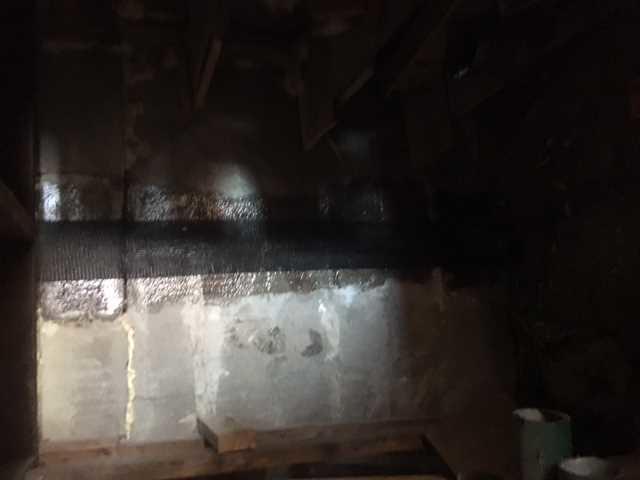
Carbon Armor Straps Against Foundation Wall
This home provides a great example of how versatile our systems are. Carbon Armor Straps provide steel-like support but barely take up extra space in the room and can even be painted over.
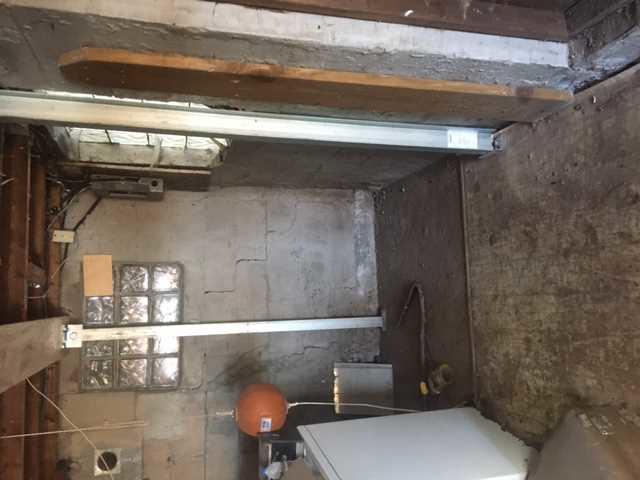
Stable All Around the Home
The foundation of this home had signs of issues around the entirety of the home. By using our solutions across the entire basement we were able to provide this homeowner with permanent stability for their whole home.
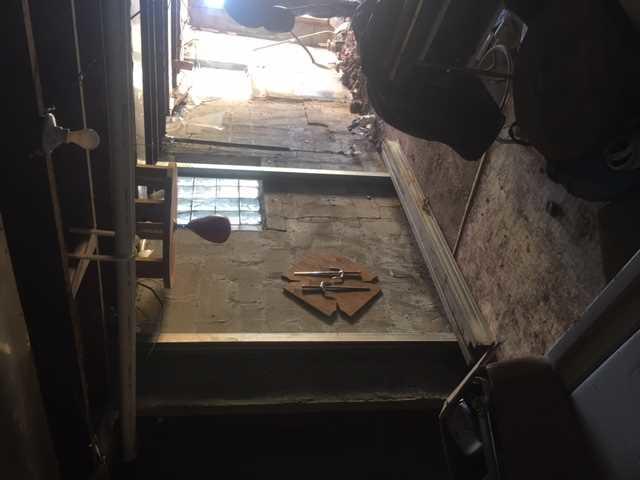
The Final PowerBraces for Complete Support
The last section of this home was supported with a few more PowerBraces. The cracks on this wall were patched to seal it away from the outdoor elements and give it a better finished look while the Power Braces keep the wall straight and structurally sound.

